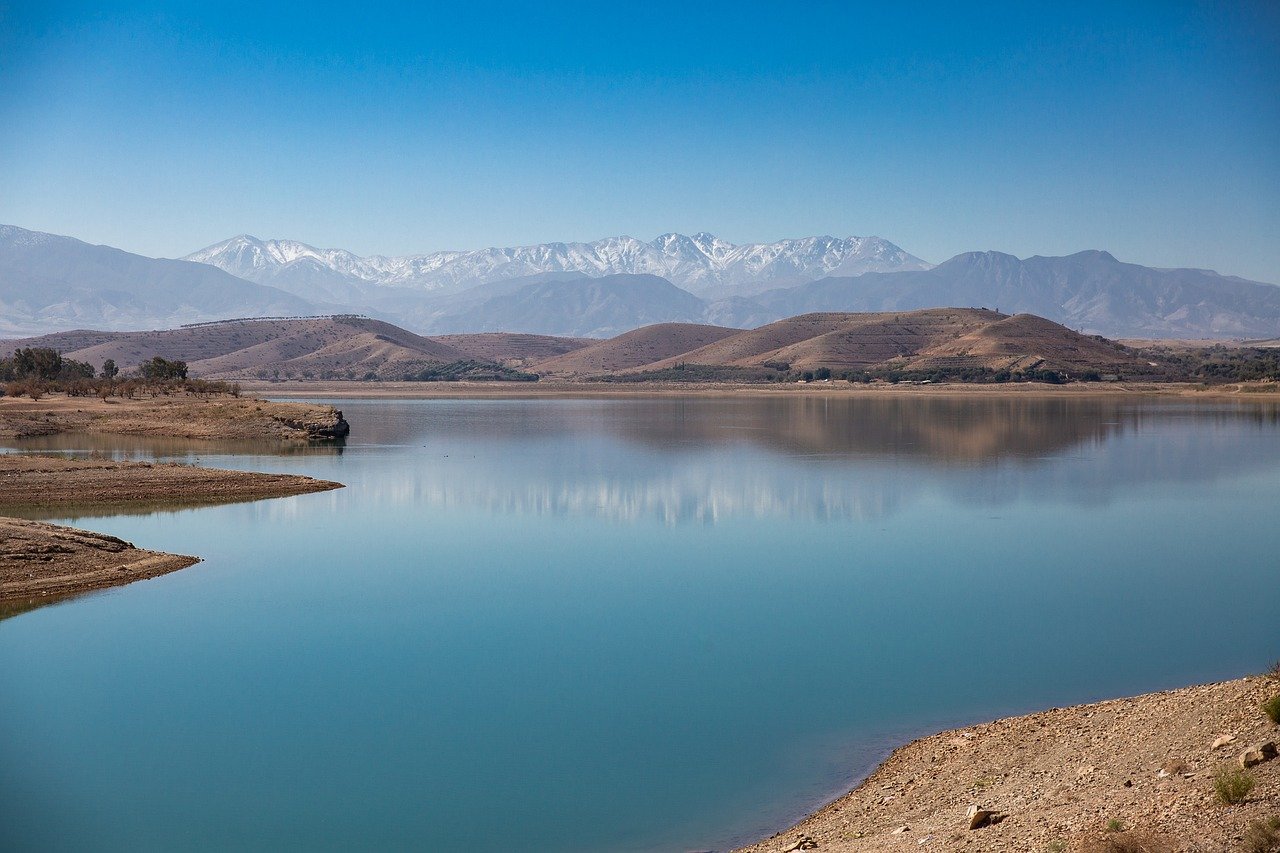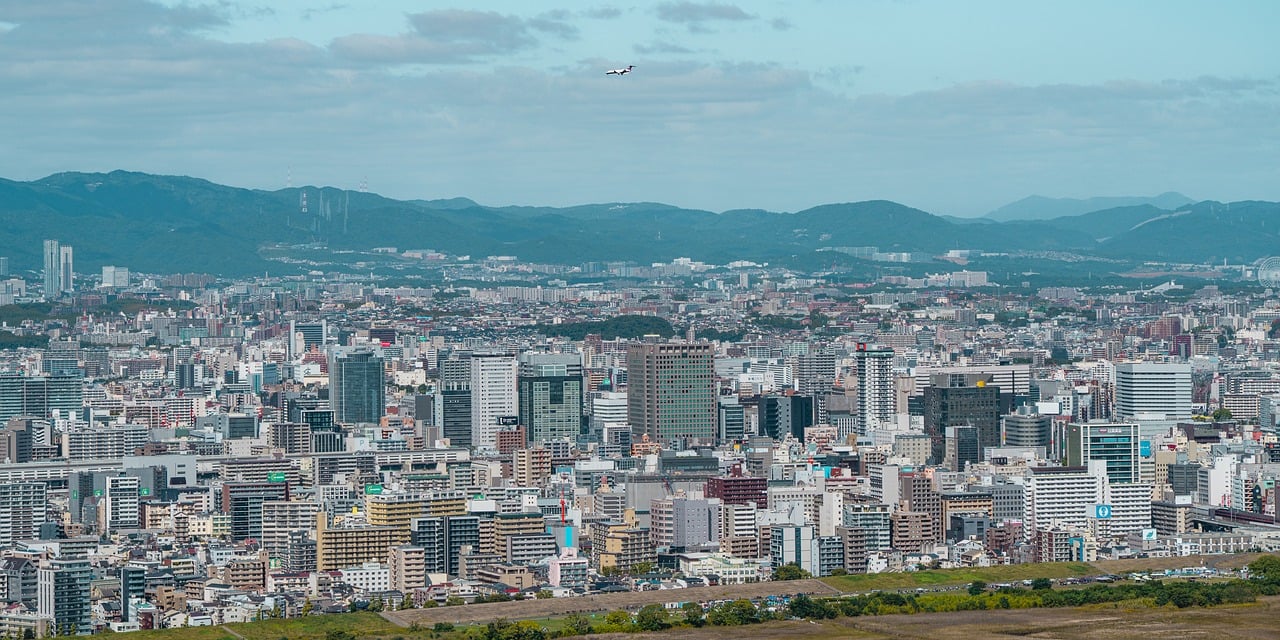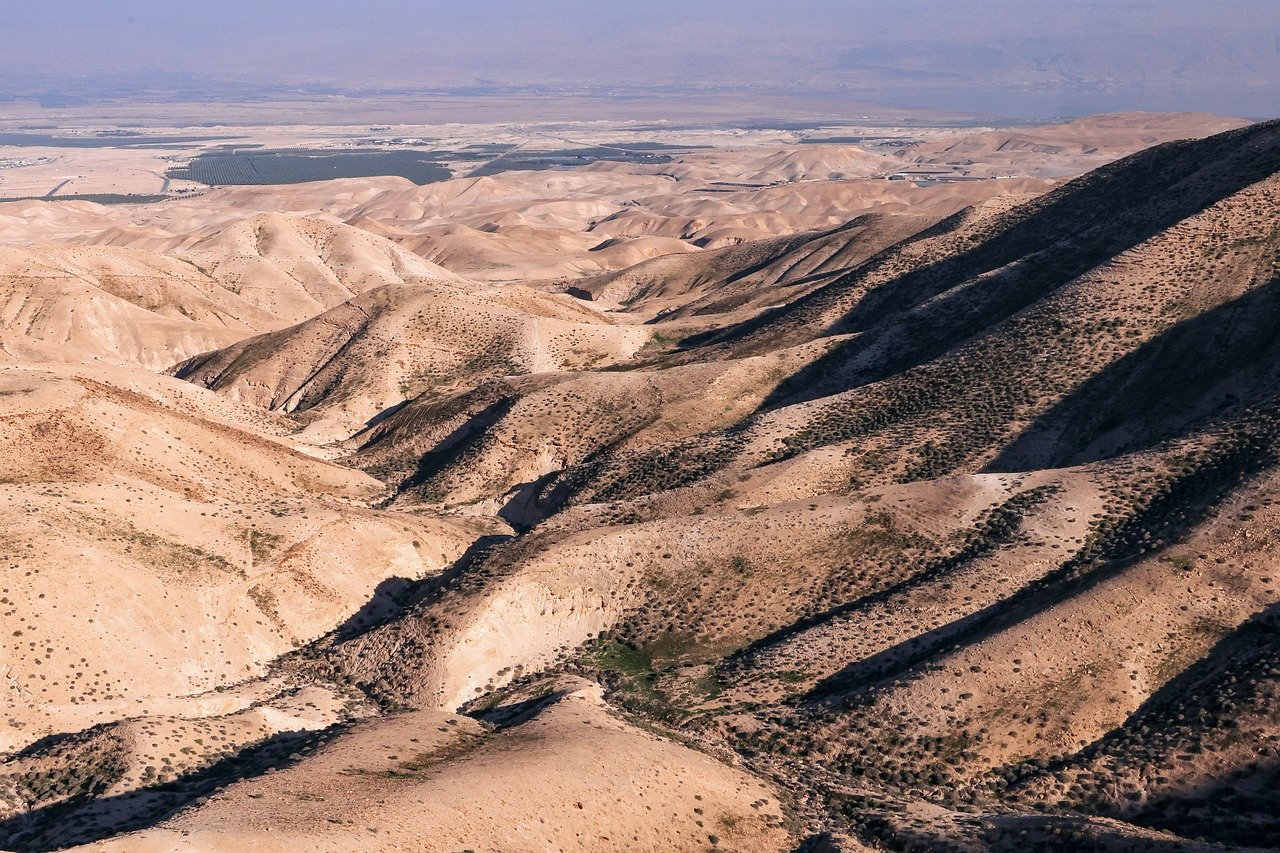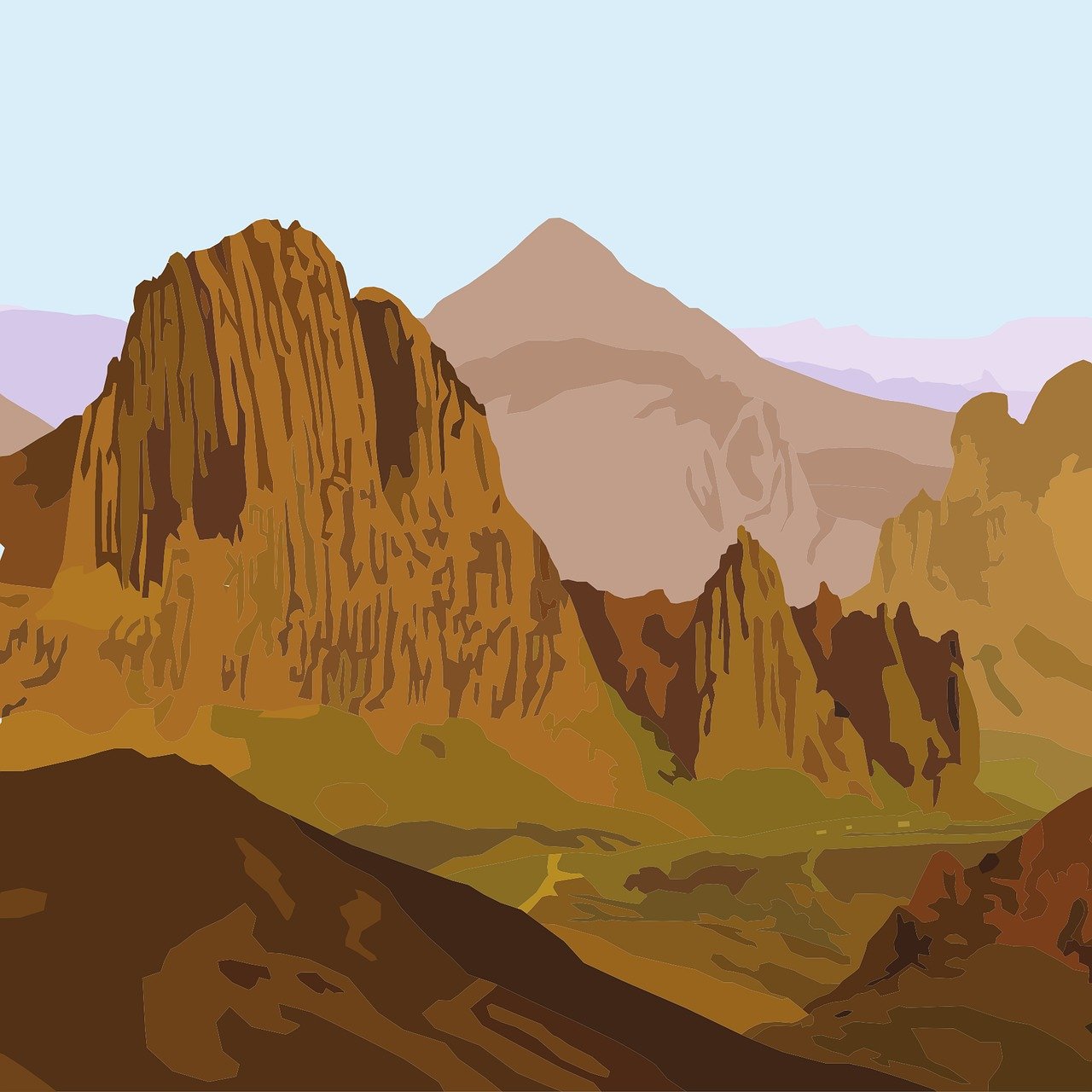Exploring Brazil‘s Wine Country: A Connoisseur’s Guide to the Best Vineyards and Wineries
Brazil, a nation famed for its vibrant culture and exotic landscapes, is often associated with carnival rhythms, football, and the Amazon rainforest. Yet, nestled within its diverse geography lies a burgeoning wine country that rivals some of the world’s most renowned wine regions. This guide aims to take you through the enchanting vineyards and wineries of Brazil, offering insights into why this South American gem should be on every wine enthusiast’s travel itinerary.
An Introduction to Brazilian Wine
Though relatively new to the global wine scene, Brazilian wine production has been steadily gaining momentum. With a history dating back to the arrival of Portuguese settlers in the 16th century, the Brazilian wine industry has evolved significantly. Today, it stands as the fifth-largest wine producer in the Southern Hemisphere.
Brazil is home to a variety of wine-producing regions, each offering unique terroirs that contribute to the diverse profiles of Brazilian wines. The country’s primary wine region, Serra Gaúcha, is located in the southern state of Rio Grande do Sul and accounts for approximately 90% of Brazil’s wine production. Other noteworthy regions include Campanha, Vale do São Francisco, and Serra do Sudeste.
Serra Gaúcha: The Heart of Brazilian Wine

Serra Gaúcha is a captivating landscape of rolling hills and lush vineyards. This region is often considered the heart of Brazilian wine production and is famous for its sparkling wines, particularly those made using the Método Tradicional. The cool, humid climate, combined with rich volcanic soils, creates ideal conditions for growing grapes.
One of the standout wineries in Serra Gaúcha is Miolo Wine Group. Established in 1897, Miolo has grown to become one of Brazil’s largest and most prestigious wine producers. The winery offers guided tours and tastings, where visitors can learn about the art of winemaking and sample some of the finest sparkling wines in the country.
Vale dos Vinhedos: A UNESCO Cultural Heritage Site
Within Serra Gaúcha lies the picturesque Vale dos Vinhedos, Brazil’s first geographical indication for wine. This valley, recognized as a UNESCO Cultural Heritage Site, is renowned for its high-quality wines and charming countryside. The region is heavily influenced by Italian immigrants who settled here in the late 19th century, bringing with them a rich tradition of viticulture.
Visitors to Vale dos Vinhedos can explore a variety of family-owned wineries, each offering a unique experience. Casa Valduga, for example, is known for its exquisite sparkling wines and offers luxurious accommodations, making it a perfect destination for those seeking a romantic getaway amidst the vineyards.
Campanha: A Rising Star
Located near the border with Uruguay, the Campanha region is a rising star in Brazil’s wine scene. Known for its flat plains and favorable climate, Campanha is ideal for producing full-bodied red wines. The region’s proximity to other renowned wine-producing areas in Uruguay and Argentina allows for a unique exchange of techniques and expertise.

Among the notable wineries in Campanha is Dom Pedrito, which specializes in crafting premium red wines. Visitors to Dom Pedrito can enjoy guided tours that showcase the winemaking process from vine to bottle, culminating in a tasting session of their signature wines.
Vale do São Francisco: A Tropical Wine Oasis
In stark contrast to the temperate climate of Serra Gaúcha, the Vale do São Francisco region offers a tropical wine experience. Situated in northeastern Brazil, this area is characterized by its semi-arid climate and the São Francisco River, which provides much-needed irrigation for the vineyards.
The unique climate allows for the production of grapes up to two harvests per year, resulting in a variety of wine styles. Wineries such as Vinícola Terranova offer tours and tastings, providing insight into the innovative techniques used to produce wines in such a challenging environment.
Conclusion: The Allure of Brazilian Wine Country
As Brazil continues to carve its niche in the global wine industry, its wine country offers an intriguing blend of tradition and innovation. From the sparkling wines of Serra Gaúcha to the robust reds of Campanha and the unique tropical wines of Vale do São Francisco, there is something for every palate. Whether you’re a seasoned sommelier or a casual wine lover, exploring Brazil’s vineyards and wineries promises a journey of discovery and delight.

With its growing reputation and commitment to quality, Brazilian wine country is not only a testament to the nation’s rich cultural heritage but also a beacon for the future of wine tourism. So, pack your bags, raise a glass, and embark on an unforgettable adventure through the vineyards of Brazil.
Pairing Brazilian Wines with Local Cuisine
One of the delights of exploring Brazil’s wine country is the opportunity to pair exquisite wines with the country’s diverse and flavorful cuisine. Brazilian food is a melting pot of influences, with each region offering its own unique culinary identity. As you journey through the vineyards, you’ll discover how local wines complement traditional dishes, enhancing the overall gastronomic experience.
In Serra Gaúcha, the Italian heritage is evident in the local cuisine. Rich pasta dishes, hearty stews, and creamy polenta are staples here, providing a perfect backdrop for the region’s sparkling wines and robust reds. A visit to a local churrascaria (Brazilian steakhouse) offers a chance to savor expertly grilled meats alongside a glass of full-bodied wine, creating a symphony of flavors.
In the Vale do São Francisco region, the tropical climate influences both the wines and the cuisine. Here, lighter wines such as rosés and crisp whites are perfect companions for seafood dishes, which are abundant in this area. The use of tropical fruits and spices in local cooking pairs beautifully with the region’s aromatic and fruity wines.
Wine Festivals and Events
Throughout the year, Brazil’s wine regions host various festivals and events that celebrate the art of winemaking and offer visitors a deeper understanding of the country’s wine culture. These events are perfect opportunities to sample a wide range of wines, meet local producers, and immerse yourself in the vibrant community spirit.

The Festa da Uva (Grape Festival) in Caxias do Sul, held biennially in February, is one of Brazil’s most famous wine festivals. The event celebrates the grape harvest with parades, concerts, and plenty of wine tastings. Visitors can enjoy traditional music, dance, and food, all while savoring some of the best wines the region has to offer.
Another noteworthy event is the Fenavinho festival in Bento Gonçalves, which showcases the rich Italian heritage of the area. This event combines wine tastings with cultural exhibitions, culinary demonstrations, and workshops on viniculture, making it an enriching experience for wine enthusiasts and novices alike.
The Future of Brazilian Wine
The future of Brazilian wine looks promising, as winemakers continue to innovate and refine their techniques. With a growing emphasis on sustainable practices and a focus on quality over quantity, Brazilian wines are increasingly finding their place on the international stage.
Investments in technology and research are helping local producers understand their unique terroirs better, leading to more precise and expressive wines. Brazilian winemakers are also experimenting with new grape varieties and blends, offering an exciting array of wines that reflect the country’s diverse landscape.
Moreover, as wine tourism gains traction, local governments and communities are investing in infrastructure and marketing efforts to attract more visitors to Brazil’s wine regions. This growth not only bolsters the wine industry but also contributes to the overall economic development of these regions.

Planning Your Visit to Brazil’s Wine Country
When planning a trip to Brazil’s wine country, consider the timing of your visit to coincide with harvest seasons or local festivals for a more immersive experience. Each region offers unique attractions and activities, so tailor your itinerary to match your interests, whether it’s indulging in gourmet cuisine, exploring historical sites, or simply enjoying the serene beauty of the wineries/” rel=”internal” target=”_blank”>vineyards.
Accommodations range from luxurious wine resorts to charming bed-and-breakfasts nestled in the countryside, offering a variety of options to suit different preferences and budgets. Many wineries also offer on-site lodging, allowing guests to fully immerse themselves in the vineyard lifestyle.
Before embarking on your journey, familiarize yourself with local customs and wine etiquette to enrich your experience. Engage with local winemakers and sommeliers to gain insights into the nuances of Brazilian wines, and don’t hesitate to ask questions and expand your knowledge.
Embrace the Journey
Exploring Brazil’s wine country is more than just a tasting adventure; it’s an opportunity to connect with the land, the people, and the rich heritage that shapes each bottle of wine. As you sip and savor, you’ll discover stories of passion, perseverance, and innovation woven into every glass. So, embrace the journey, and let Brazil’s wine country captivate your senses and inspire your palate.










